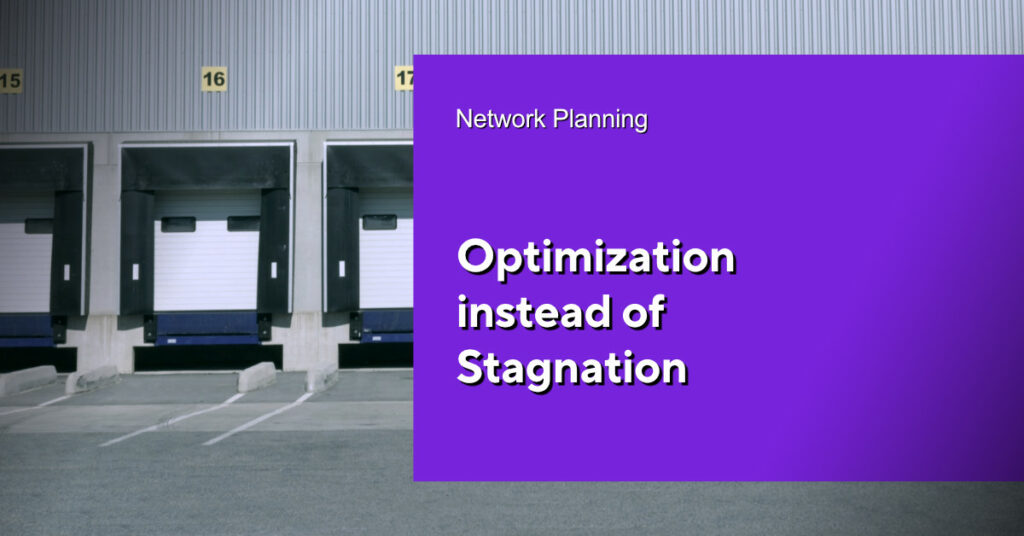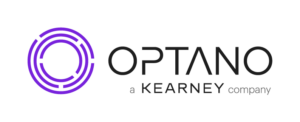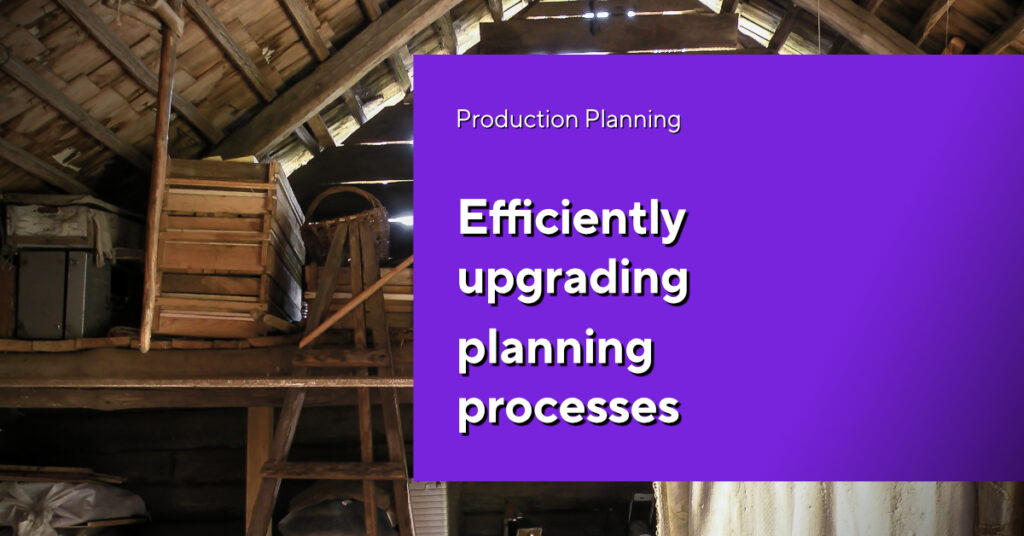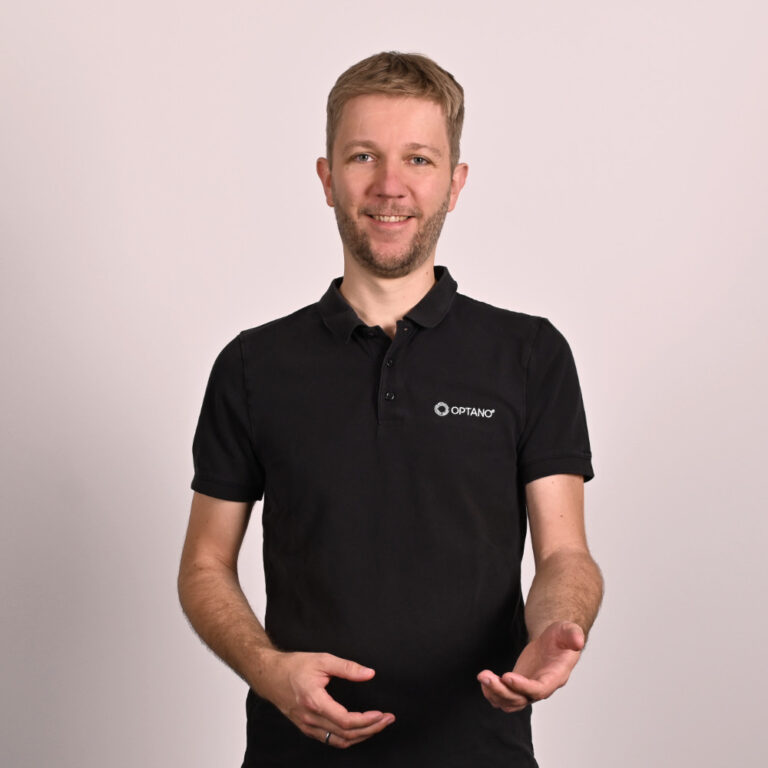Optimization instead
of stagnation
Inbound logistics is one of the most sensitive areas of automotive production. Every day, thousands of components from a wide variety of countries must arrive at the assembly plants at precisely the right time – often every minute. Delays, even for seemingly non-critical parts, can bring production lines to a standstill. The consequences are enormous: delivery delays, high costs, and angry customers.
In recent years, the industry has learned how vulnerable global supply chains are. Events such as the semiconductor crisis and pandemic-related border closures have shown that traditional planning approaches have their limits. At the same time, requirements are increasing: ESG guidelines, volatile markets, and rising transport costs call for new solutions.
Current challenges in inbound logistics
Those responsible for supply security in automotive production today face a complex puzzle:
- Global supplier networks with different time zones, regulations, and currencies
- Just-in-time requirements that leave little room for delays
- Factory structures that must be supplied synchronously—often with individual requirements
- Rising costs due to driver shortages, fuel prices, and regulatory requirements
- Volatile demand and geopolitical risks that require quick responses
Many companies are trying to counteract this with hybrid concepts: critical parts are buffered, while others continue to be delivered JIT. However, planning is often still done manually or with limited tools—which is hardly sufficient given the complexity involved.
More interesting articles

Global supply chains, volatile markets, and rising costs are increasingly pushing inbound logistics in the automotive industry to its limits. Anyone still using Excel for planning today risks more than just inefficiency. Learn how modern optimization solutions help create transparency, improve decision-making, and ensure security of supply—read now.
Another approach: action instead of reaction
Modern optimization solutions offer a new approach. They enable data-driven control of the entire inbound logistics process—from network structure and transport planning to inventory strategy. These are not abstract models, but concrete decisions that can be tracked and measured.
What makes these solutions special:
- Transparency: Every decision is based on clear rules and is transparent for all parties involved. No black box, but an open view of the logic behind the planning.
- Measurability: Savings can be quantified directly – for example, by comparing actual and target scenarios.
- Specialization: The focus is on inbound logistics, not generic supply chain consulting.
- Reliability: Even with a strong focus on cost optimization, security of supply remains guaranteed.
- Flexibility: Whether road, rail, ship, or air freight—all modes of transport can be integrated and optimized.
The focus is on a model-based planning approach that takes all relevant parameters into account: delivery windows, volumes, transport restrictions, capacities, cost structures, and sustainability goals. Modern optimization solutions make it possible to develop and evaluate various scenarios—for example, for bundling deliveries, selecting alternative routes, or adjusting storage strategies.
A typical process begins with mapping the current state of the network as a starting point. Based on this, variants are designed that pursue different objectives – for example, cost reduction, CO₂ savings, or higher delivery reliability. The results of these scenarios are not only technically reliable, but also visually comprehensible: dashboards, maps, and KPI comparisons help to make decisions transparent and communicate them internally.
The ability to respond to short-term changes – such as delivery bottlenecks, strikes, or sudden shifts in demand – is particularly valuable. In such cases, the solution can suggest alternative scenarios that can be reevaluated within a short period of time. This results in planning that is not only efficient but also robust against disruptions.
Optimized inbound logistics
The demands on inbound logistics are increasing – and with them the need to break new ground. Those who continue to rely on manual planning or rigid systems risk not only higher costs but also production downtime. Optimization solutions developed specifically for inbound logistics offer a real alternative. They create transparency, deliver measurable results, and enable reliable planning even under difficult conditions.
For companies that want to future-proof their inbound logistics, there is a risk-free way to get started: a proof-of-concept project analyzes part of the network – and you only pay if real added value is demonstrated.
Please contact us!
We are always available to answer your questions! Feel free to contact Denise Lelle directly. She can be reached by phone, email, or on LinkedIn. We look forward to hearing from you!






